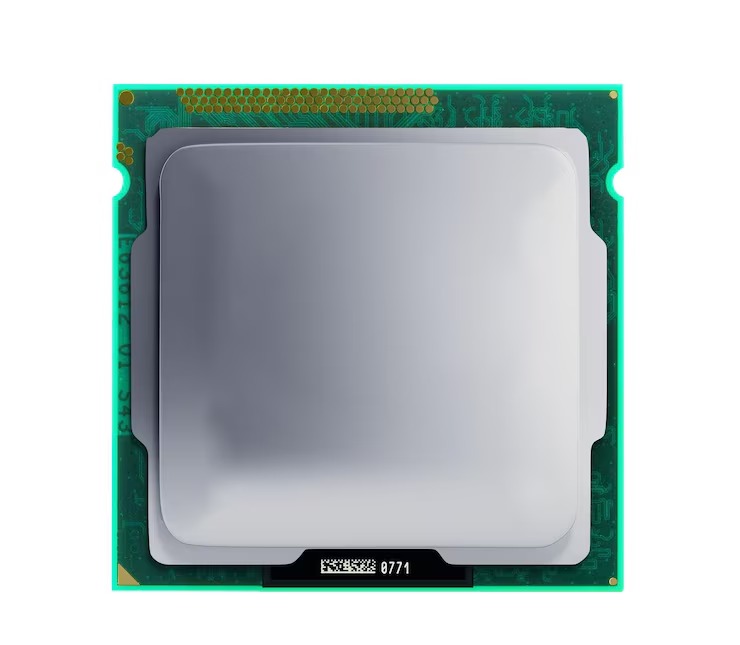Budget-Friendly Tech Ideas That Work
In a world where technology evolves at breakneck speed, keeping up with the latest gadgets and software can strain your wallet. But innovation doesn’t always require deep pockets. Whether you’re a student, a small business owner, or simply looking to maximize efficiency without overspending, these budget-friendly tech ideas deliver real results.
1. Repurpose Older Devices
Before tossing out that old laptop or smartphone, consider giving it a second life. Older devices can still serve valuable functions with a little creativity.
Turn an Old Smartphone into a Security Camera
Apps like Alfred or Manything transform outdated smartphones into fully functional security cameras. Place one in your home office, nursery, or front entryway for peace of mind—without the cost of a dedicated system.
Convert a Laptop into a Dedicated Media Hub
An aging laptop with a decent screen can become a streaming station for your living room. Install lightweight media center software like Kodi or Plex, connect it to your TV via HDMI, and enjoy a clutter-free entertainment setup.
2. Leverage Free and Open-Source Software
Premium software often comes with hefty subscription fees, but free alternatives can be just as powerful when used correctly.
LibreOffice for Document Needs
Instead of paying for Microsoft Office, try LibreOffice—a robust, open-source suite that handles word processing, spreadsheets, and presentations seamlessly. It’s compatible with most file formats and receives regular updates.
GIMP for Photo Editing
Adobe Photoshop is a professional staple, but GIMP (GNU Image Manipulation Program) offers similar capabilities at zero cost. From retouching photos to creating graphics, it’s a viable alternative for hobbyists and freelancers.
3. Smart Home Hacks on a Budget
Transforming your living space into a smart home doesn’t require a fortune. A few strategic purchases and DIY solutions can make a big difference.
Smart Plugs for Automation
Affordable smart plugs let you control lamps, fans, or coffee makers remotely via your phone. Brands like TP-Link and Wyze offer reliable options under $20, allowing you to schedule devices and cut energy waste.
DIY Voice Assistant with a Raspberry Pi
For tech enthusiasts, a Raspberry Pi can serve as the brain of a custom voice assistant. Open-source platforms like MyCroft provide voice recognition capabilities without relying on expensive proprietary systems.
4. Cloud Storage Without the High Costs
Storing files in the cloud is convenient, but subscription fees add up over time. Here’s how to stay organized without overspending.
Combine Free Tiers
Most cloud services offer free storage tiers (e.g., Google Drive, Dropbox, OneDrive). By distributing files across multiple platforms, you can maximize free space without committing to a paid plan.
Self-Hosted NAS for Power Users
For those comfortable with a technical setup, a Network Attached Storage (NAS) device lets you create a personal cloud. Synology and QNAP offer budget-friendly models, and open-source solutions like Nextcloud provide full control over your data.
5. Upgrade Instead of Replace
Before buying new hardware, explore cost-effective upgrades that extend the life of your current devices.
SSD for Faster Performance
Replacing a traditional hard drive with a solid-state drive (SSD) can breathe new life into an old computer. Even a modest 256GB SSD significantly improves boot times and application responsiveness.
RAM Boosts for Multitasking
Adding RAM is another affordable way to enhance performance. Many laptops allow easy upgrades, and doubling your memory can make a noticeable difference when running multiple programs.
6. Buy Refurbished or Last-Gen Tech
Manufacturer-refurbished electronics often come with warranties and perform like new at a fraction of the cost. Similarly, last-generation devices—such as smartphones or tablets—drop in price when newer models launch but remain highly capable.
Certified Refurbished Laptops
Companies like Dell and Apple sell refurbished laptops that undergo rigorous testing. These machines can save you hundreds while delivering reliable performance.
Previous-Generation Smartphones
Flagship phones from a year or two ago still handle modern apps with ease. Retailers frequently discount them, making models like the iPhone SE or Samsung Galaxy S20 excellent value picks.
7. Learn Basic Troubleshooting
Paying for tech support adds up quickly. Learning fundamental troubleshooting can save both time and money.
Online Communities and Forums
Sites like Reddit’s r/techsupport or Stack Overflow provide crowdsourced solutions for common issues. Often, a quick search yields step-by-step fixes for free.
YouTube Tutorials for Repairs
From replacing a smartphone battery to diagnosing Wi-Fi problems, YouTube hosts countless repair guides. Channels like iFixit offer professional advice for DIY enthusiasts.
Final Thoughts
Staying tech-savvy doesn’t require endless spending. By repurposing old gadgets, leveraging free software, and making strategic upgrades, you can enjoy modern conveniences without breaking the bank. The key is to prioritize functionality over flashiness—because the best tech solutions are often the simplest and most affordable.



